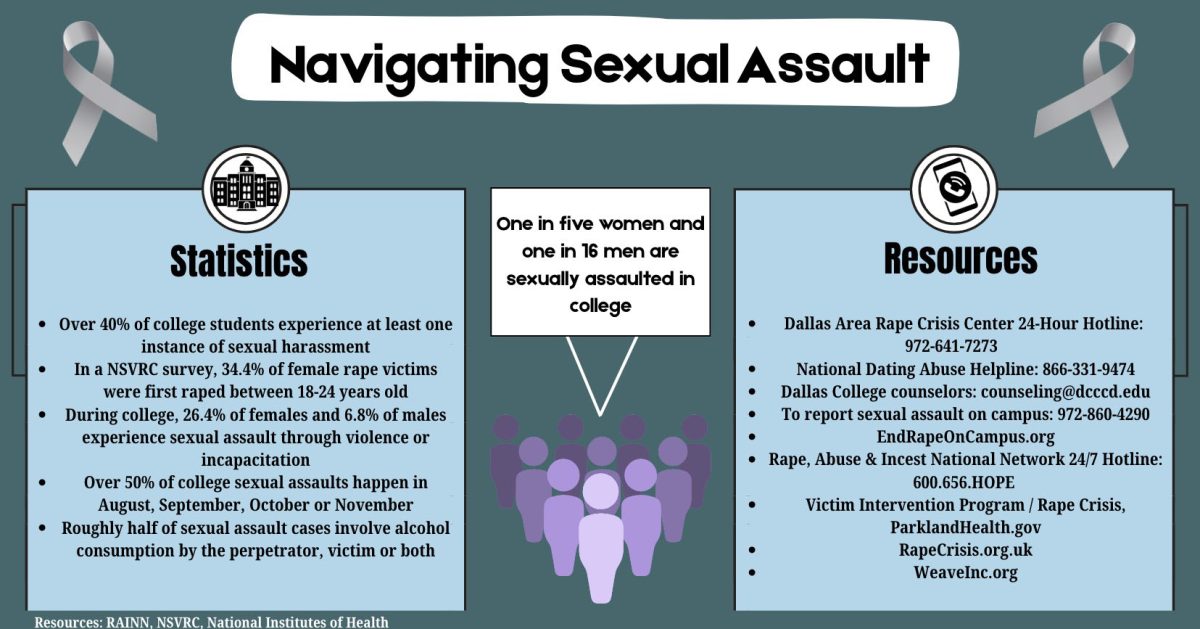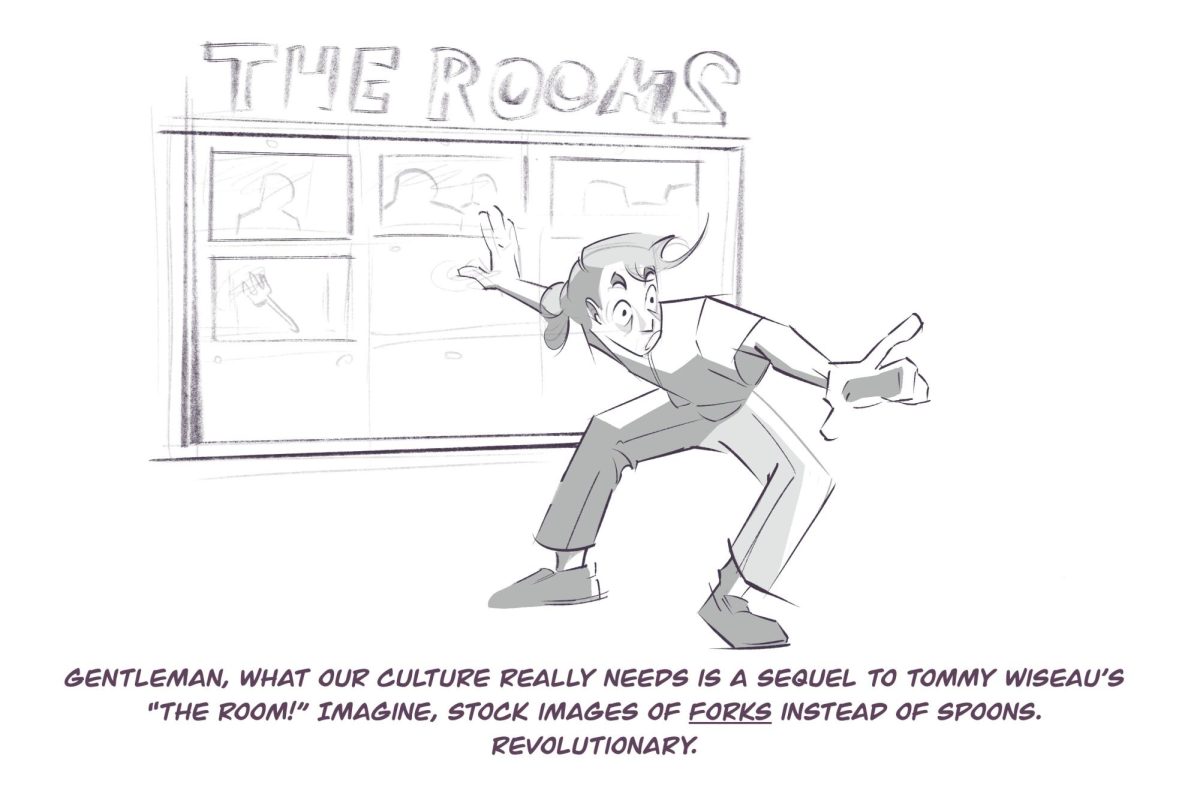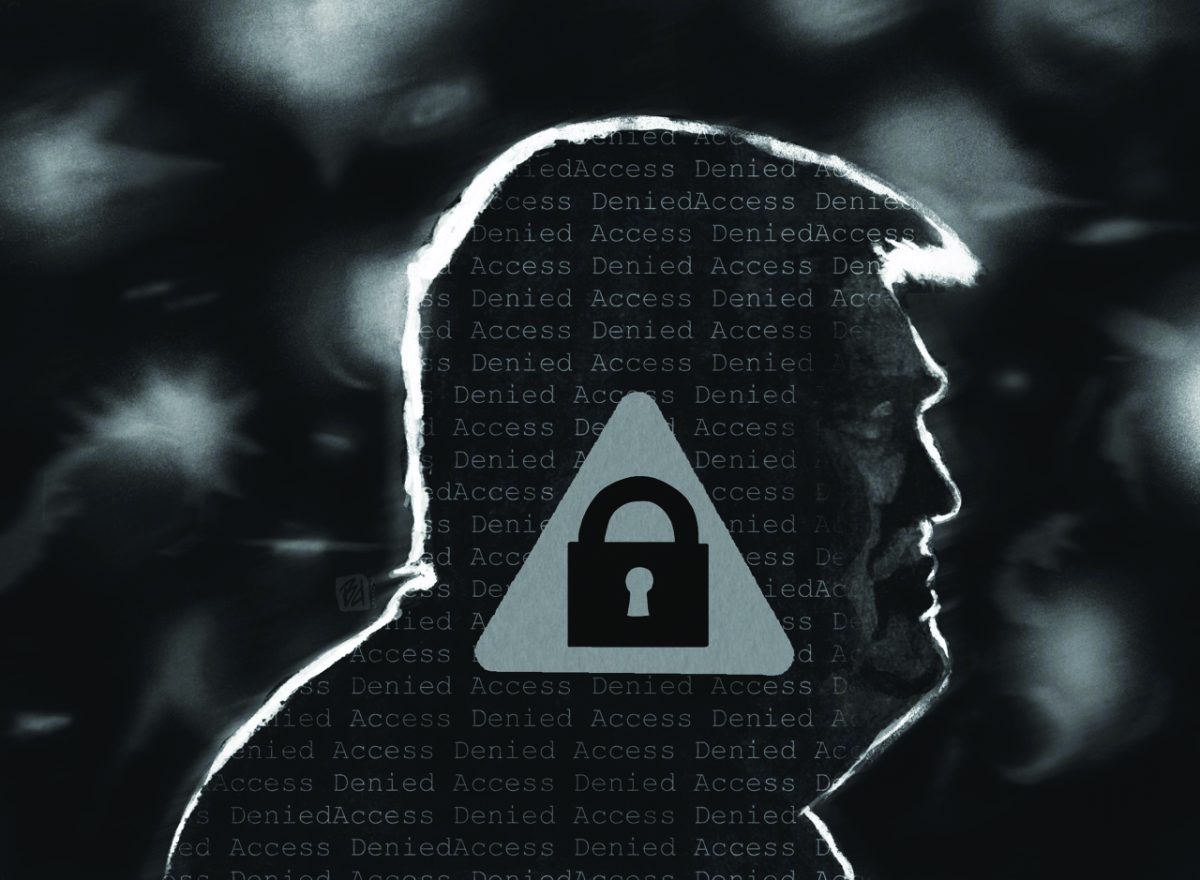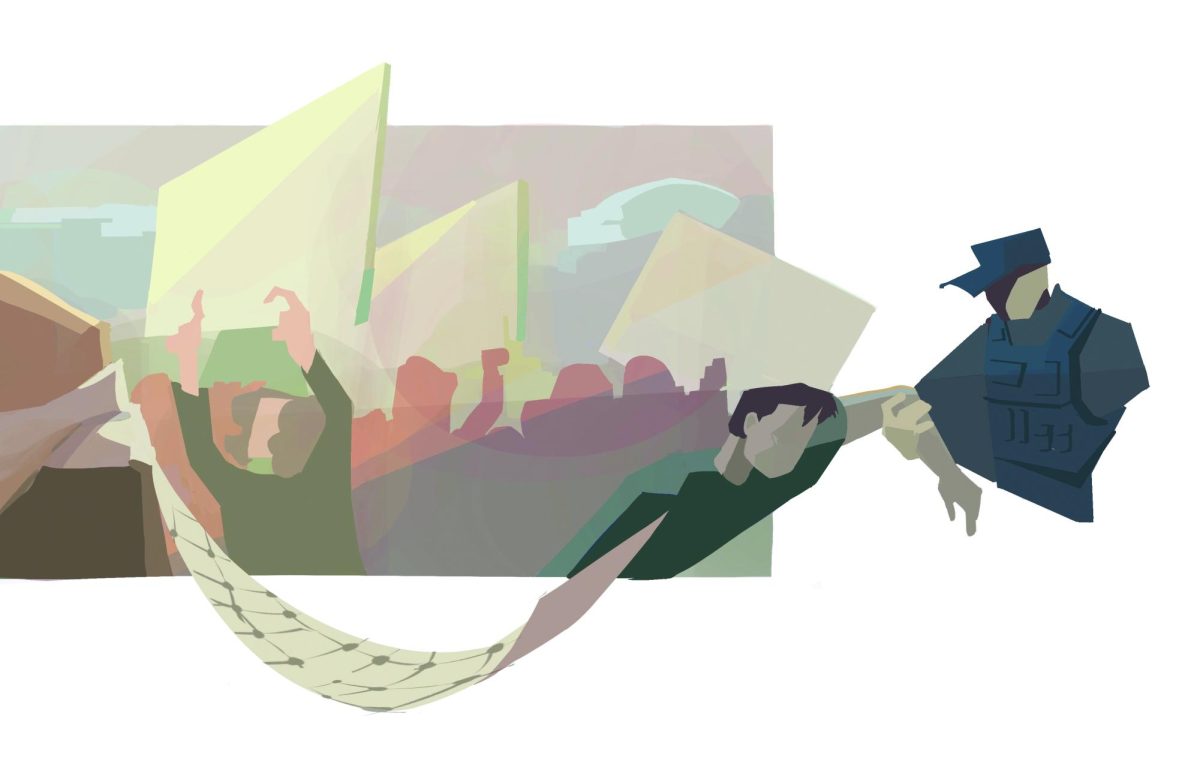STAFF EDITORIAL
The rise of “fake news” threatens the credibility journalists have taken years to create. This credibility is only worsened in a world where social media feeds have replaced traditional newsstands.
The digitization of news delivery has made it hard for people to discern the difference between real and “fake news,” according to Poynter.
According to the American Press Institute, an experimental study by the Media Insight Project, a collaboration between the American Press Institute and the Associated Press-NORC Center for Public Affairs Research, states Americans trust news content based more on the individual who shares it on social media, rather than the actual reporter.
CHANGING MEDIA
In a May 4 panel discussion for The Poynter Institute, David Folkenflik, an NPR media correspondent, said newsstands provided visual cues for what was reputable news and what wasn’t. “Facebook has, by and large, failed to do that,” he said.
A growing market for hyperpartisan news, a president who seeks to undermine the mainstream media and a bias among journalists who tend to focus on more progressive causes have fueled the problem, according to Poynter.
But this isn’t a new trend. During the discussion panel, Dylan Byers, CNN senior media and politics reporter, said for at least two decades there has been a sense among conservatives that they’re being ignored or talked down to – not just that their issues aren’t being covered by the mainstream media.
According to Poynter, mass media represented a more centrist worldview some decades ago. Readers could open a newspaper to read conservative columns and left-leaning alternatives in the same place.
Now, readers have the freedom to choose the content they consume, PolitiFact founder Bill Adair, said. He also said the content is not often balanced. “Isn’t it wonderful that we never have to encounter an idea that we disagree with?” Adair said.
When readers have the freedom to not click on a social media post they may not agree with, they choose to be misinformed on the specific subject. Accepting only one side of a topic as truth is what helps “fake news” proliferate.
RESPONSIBILITY
The current “fake news” epidemic is rooted in historical problems with misinformation and propaganda, Adair said in the discussion.
“The primary purpose of journalism is to provide citizens with the information they need to be free and self-governing,” Bill Kovach and Tom Rosenstiel, authors of “The Elements of Journalism,” said.
This is done through responsible reporting that adheres to a strict code of ethics.
It is the opinion of The Brookhaven Courier staff that preventing the spread of “fake news” is the responsibility of both journalists and citizens.
The solution to the problem begins with the news media and their reporters. Responsible reporting is the key to providing adequate and factual information to the public. Serving as the Fourth Estate, reporters must remain neutral in their coverage to provide fair, balanced stories.
ACCURACY
Above all else, accuracy is regarded to the highest standards in journalism. This begins with the field reporters who must gather news items efficiently and accurately – from facts to statistics and names to order of events. In the newsroom, it continues with the copy editors, proofreaders and fact checkers, all who must make articles readable, interesting, informative and accurate.
At The Courier, we value accuracy as a key element in good reporting. Without it, we would lose the credibility that is so hard to achieve in current times.
To maintain accuracy, editors fact check and question every assignment that is submitted for publication. When something does not check out, we talk to the reporters and their sources to address inaccuracies. Our standards in all areas of reporting are as high as those of professional publications. We believe this work ethic, ingrained in us as student journalists, is the foundation of good reporting.
PUBLIC ACTION
“Citizens, too, have rights and responsibilities when it comes to the news,” Kovach and Rosenstiel said.
The public must take part in preventing the spread of “fake news.” Citizens can begin by becoming knowledgeable of the world around them. Readers must think critically of the content they consume and question its authenticity when something seems amiss.
Readers must become independent thinkers and judge what is or is not real news.
In the digital world, it is easy to be baited into sharing a post with an attention-grabbing headline when the share button is a click away. Discussing and exploring the dangers of “fake news” is key to understanding the implications of sharing information in an instant-information world.






